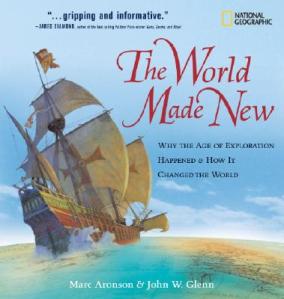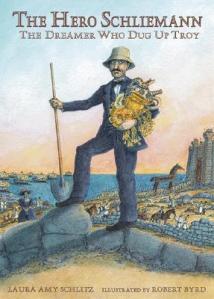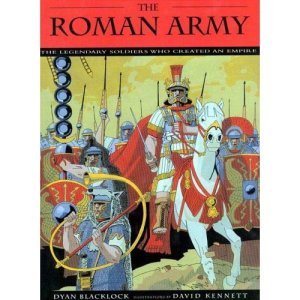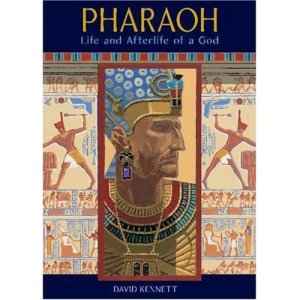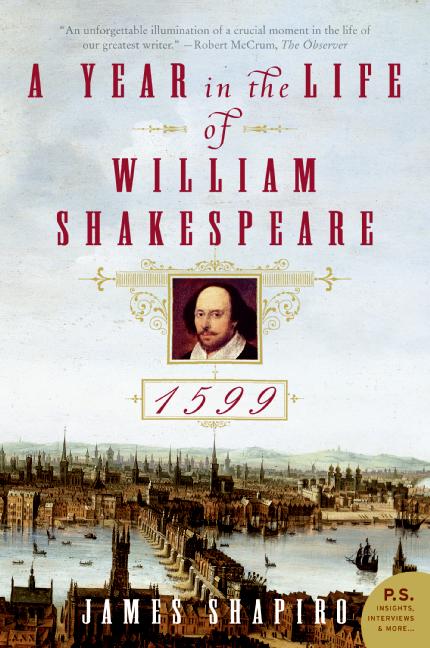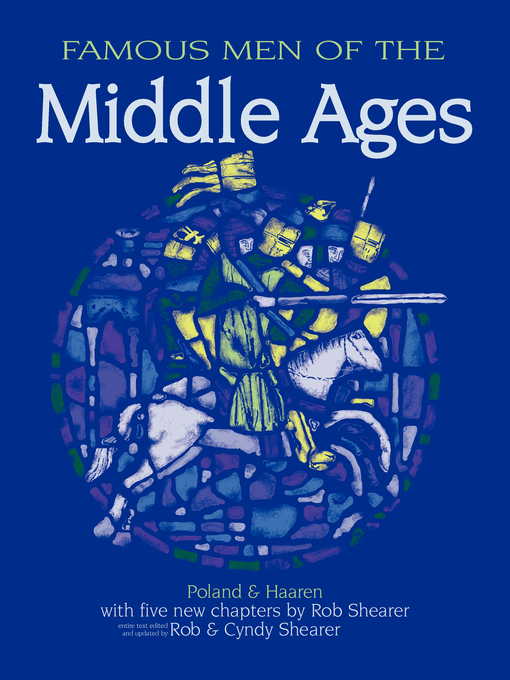 I spent last night re-reading the 1933 Newbery Medal Winner, Young Fu of the Upper Yangtze. I don’t think I can improve on the judgment of Katherine Paterson: “Young Fu of the Upper Yangtze won the Newbery Medal in 1933, not only because it was historically and culturally accurate, but because it was and is a really good read.”
I spent last night re-reading the 1933 Newbery Medal Winner, Young Fu of the Upper Yangtze. I don’t think I can improve on the judgment of Katherine Paterson: “Young Fu of the Upper Yangtze won the Newbery Medal in 1933, not only because it was historically and culturally accurate, but because it was and is a really good read.”
The story is set in and around Chunking, China in the 1920s. There is a reference to the death of Sun Yat Sen (which occurred in 1925) midway through Fu’s three-year apprenticeship. Our protagonist is Fu, and the story begins as he and his mother are moving from the countryside to the city of Chungking. Fu is an only child, and his father has recently died. He is fourteen. His mother, seeing only poor prospects for them in the country, has arranged for him to be apprenticed to the coppersmith Tang. Tang proves to be both a skilled craftsmen and a shrewd businessman. He is also wise in his dealings with the apprentices and journeymen who work for him.
The story arc of the book is Fu’s growth from an impulsive youth of fourteen to a confident and skilled journeyman of eighteen. The three anchors in his life are Tang, his mother, and the scholar Wang who lives in the room above and kindly agrees to teach Fu. Together they practice the difficult skills of reading and writing the characters of Chinese by studying the teachings of Confucius. Fu grows through a series of small but significant incidents that test his handling of money and time, his control of his temper and tongue, and his self-discipline in mastering the skills of a coppersmith. Some tasks he revels in, some he finds tedious. Tang watches and misses nothing and helps Fu to face his own tasks with discipline.
Also playing a significant part in the story is an un-named “foreign lady” – who works in the foreigner’s hospital in Chungking. Fu bravely helps in fighting a fire at the hospital when others are fearful and superstitious. His friendship with the “foreign lady” helps him in two subsequent incidents – once when his best friend among the other apprentices becomes ill – and can only be saved by the foreigners medicine; and once when Fu is seeking refuge for himself and an older couple from a sudden flash flood of the unpredictable Yangtze River.
It IS a really good read. It is a classic tale of growing up. Fu, his mother, the coppersmith, and the scholar are all richly drawn. We learn the details of their lives and we understand why and how they are able to help Fu. The ending is upbeat and quite satisfying.
This particular Newbery winner was unavailable for some years. Last year, a hardback edition was re-released. And just last month, a new paperback edition was published by Square Fish, an imprint of MacMillan. The continued publishing history of Young Fu, in print again 75 years after its first release is testimony to the quality of all the Newbery Medal winners. The paperback edition has a number of nice additions. In addition to the new foreword by Katherine Paterson (who is also a Newbery winning author born in China) there is the original introduction by Pearl S. Buck. At the end of the book are 18 pages of cultural notes by Professor Daniel J. Meissner of Marquette University. And not to be missed is Elizabeth Foreman Lewis’ Newbery Medal Acceptance Speech from 1933 – worth reading in its own right.
Young Fu of the Upper Yangtze is a 306 page paperback, $7.95. It can be ordered directly from Greenleaf Press (along with all of the other Newbery Medal winners through the years).
– Rob Shearer
Director, Schaeffer Study Center
Publisher, Greenleaf Press
